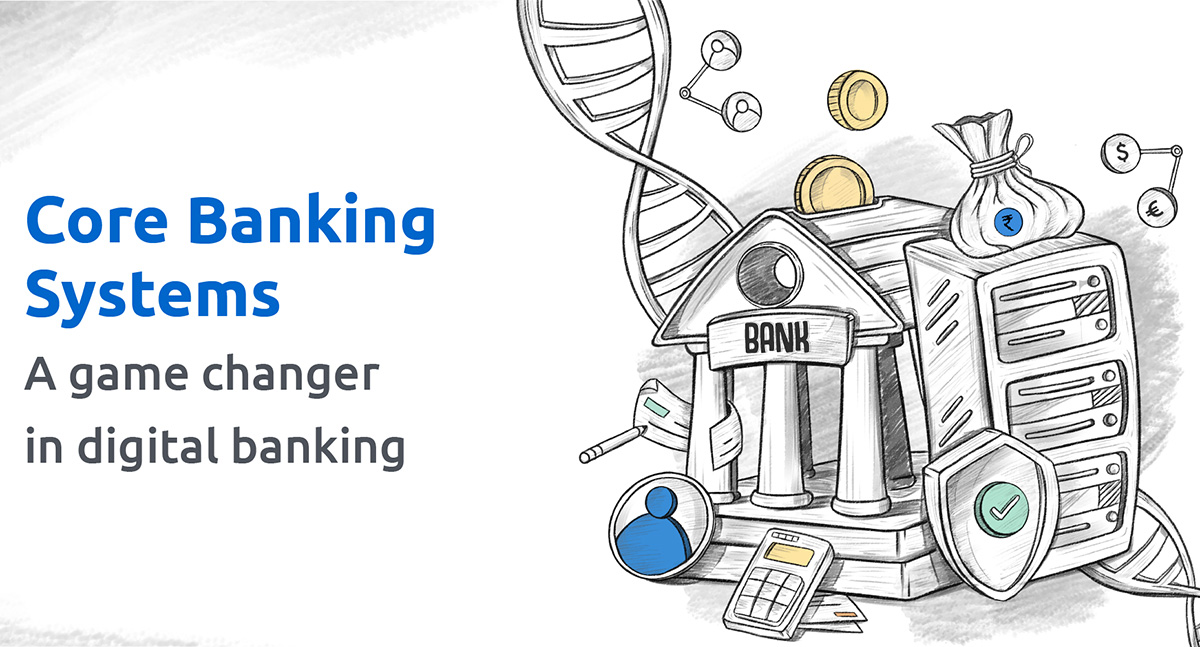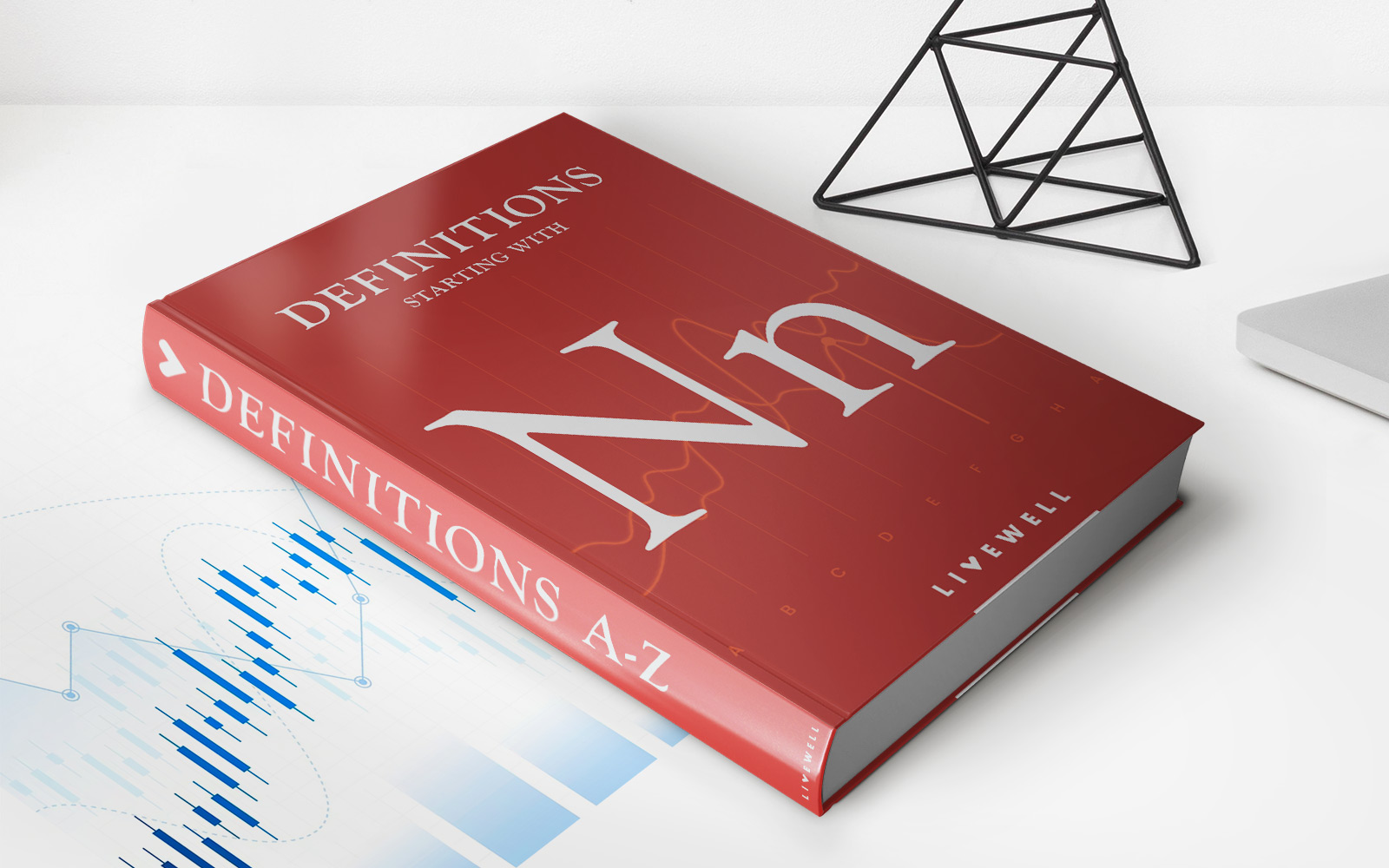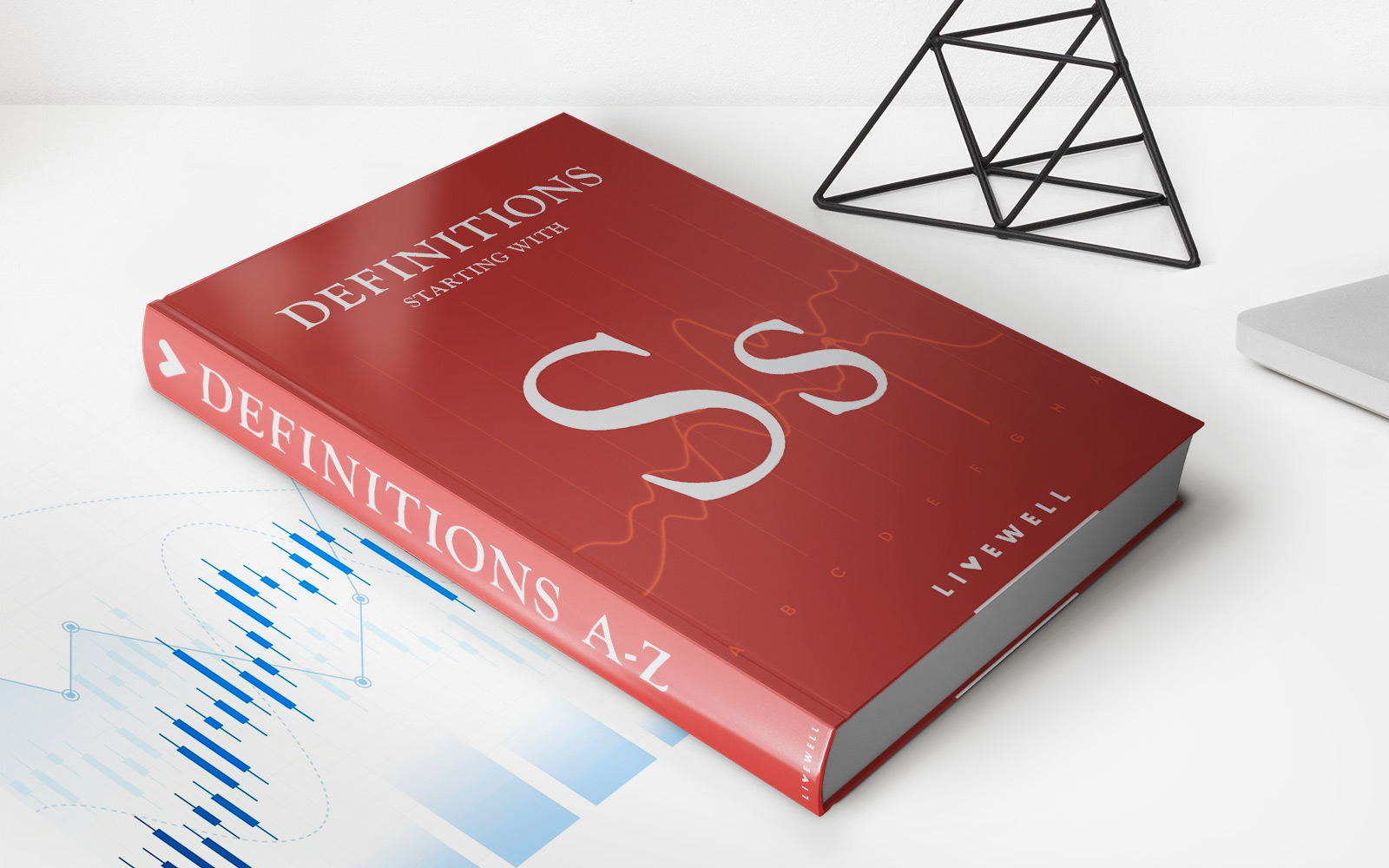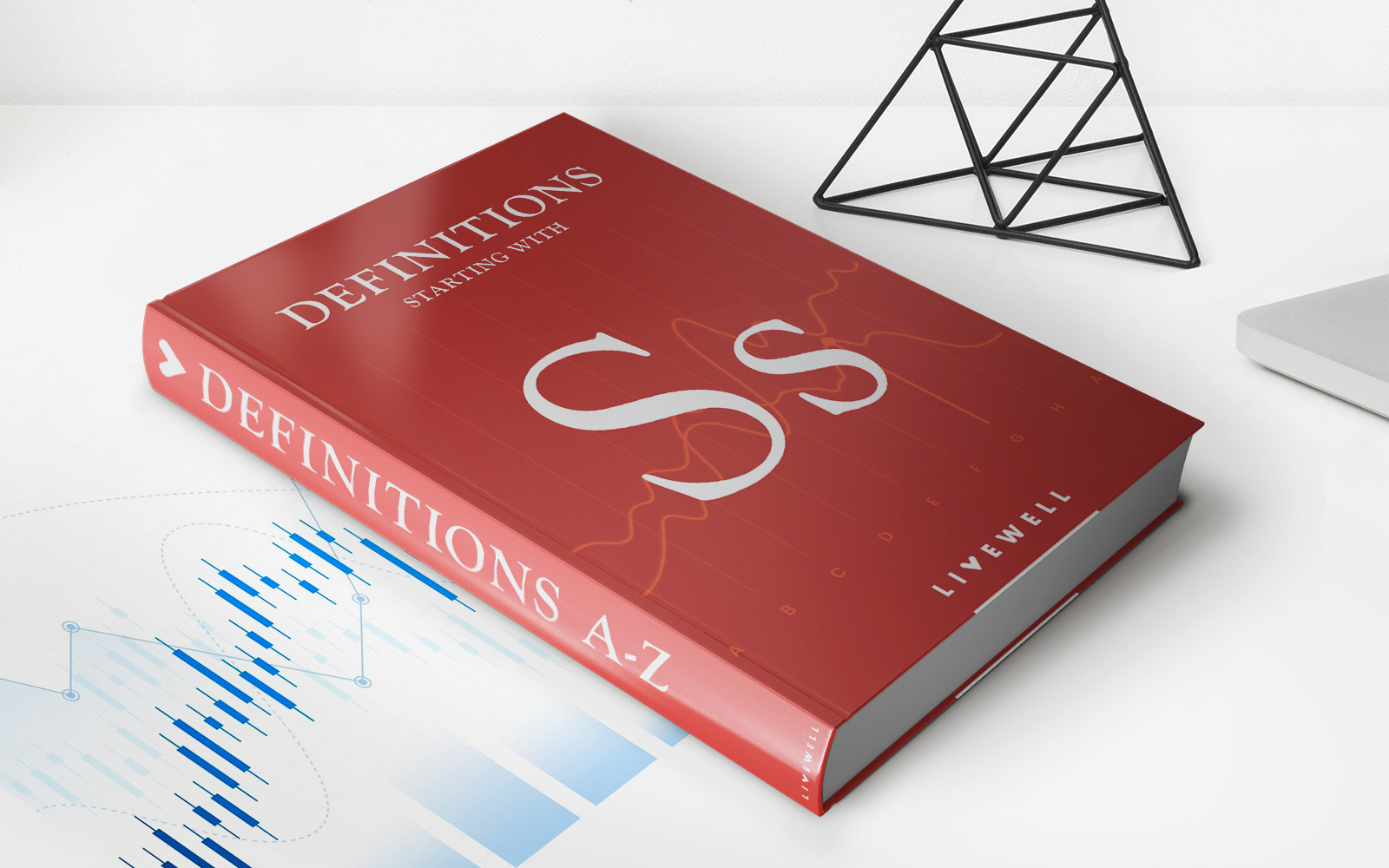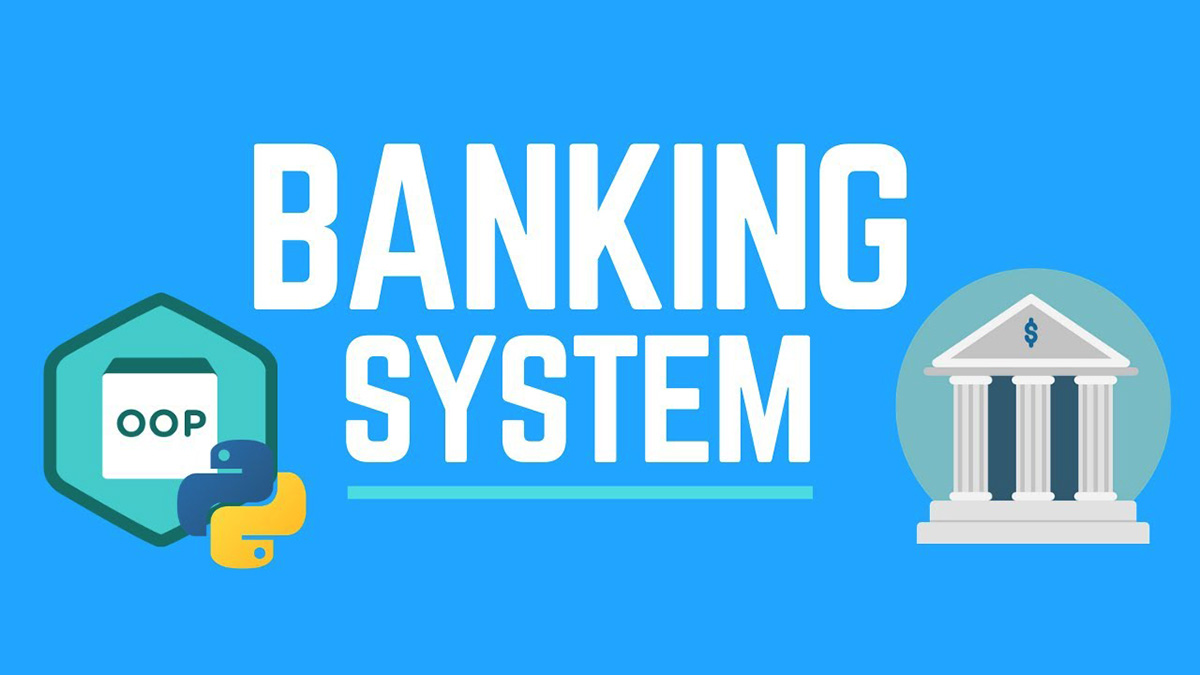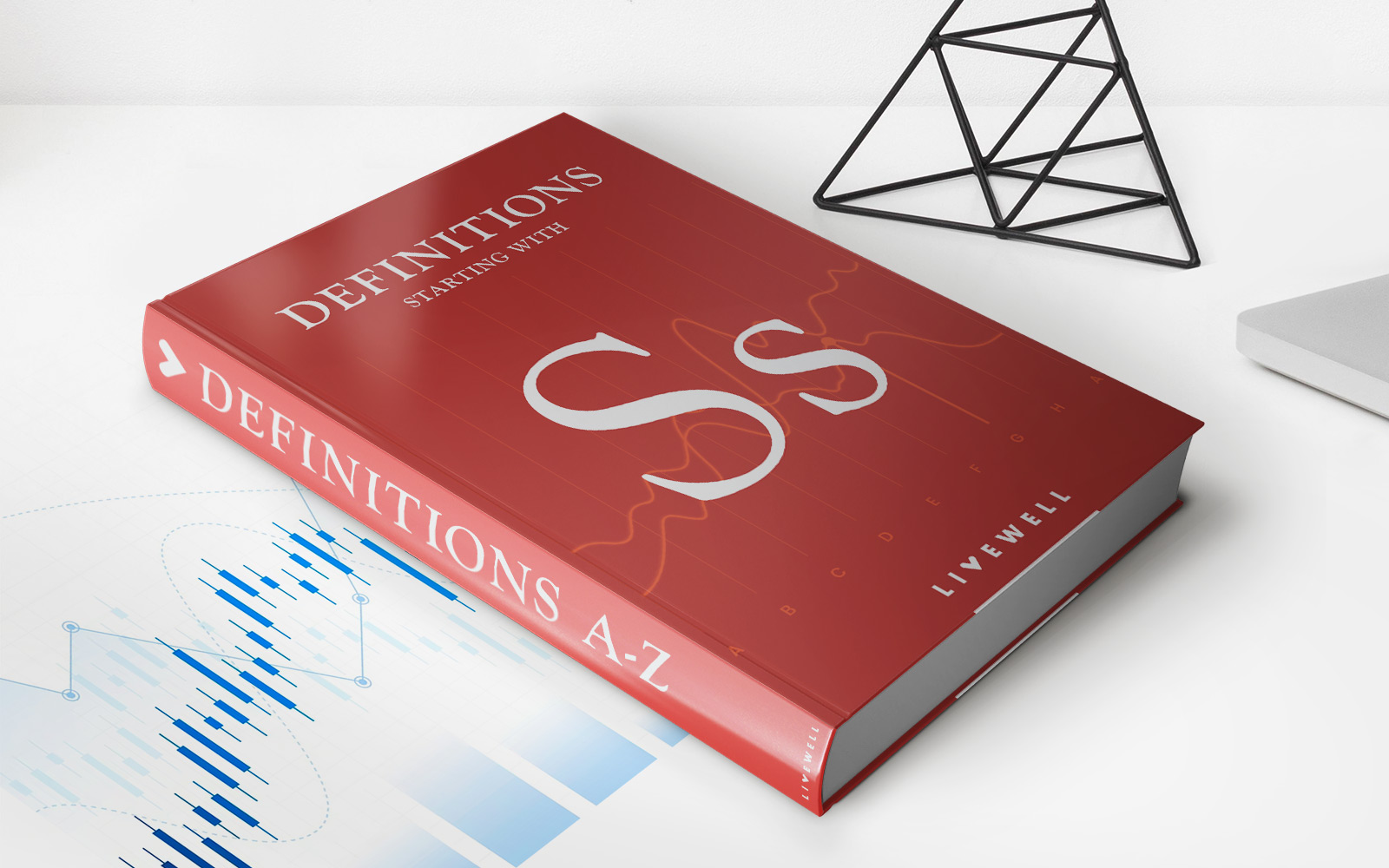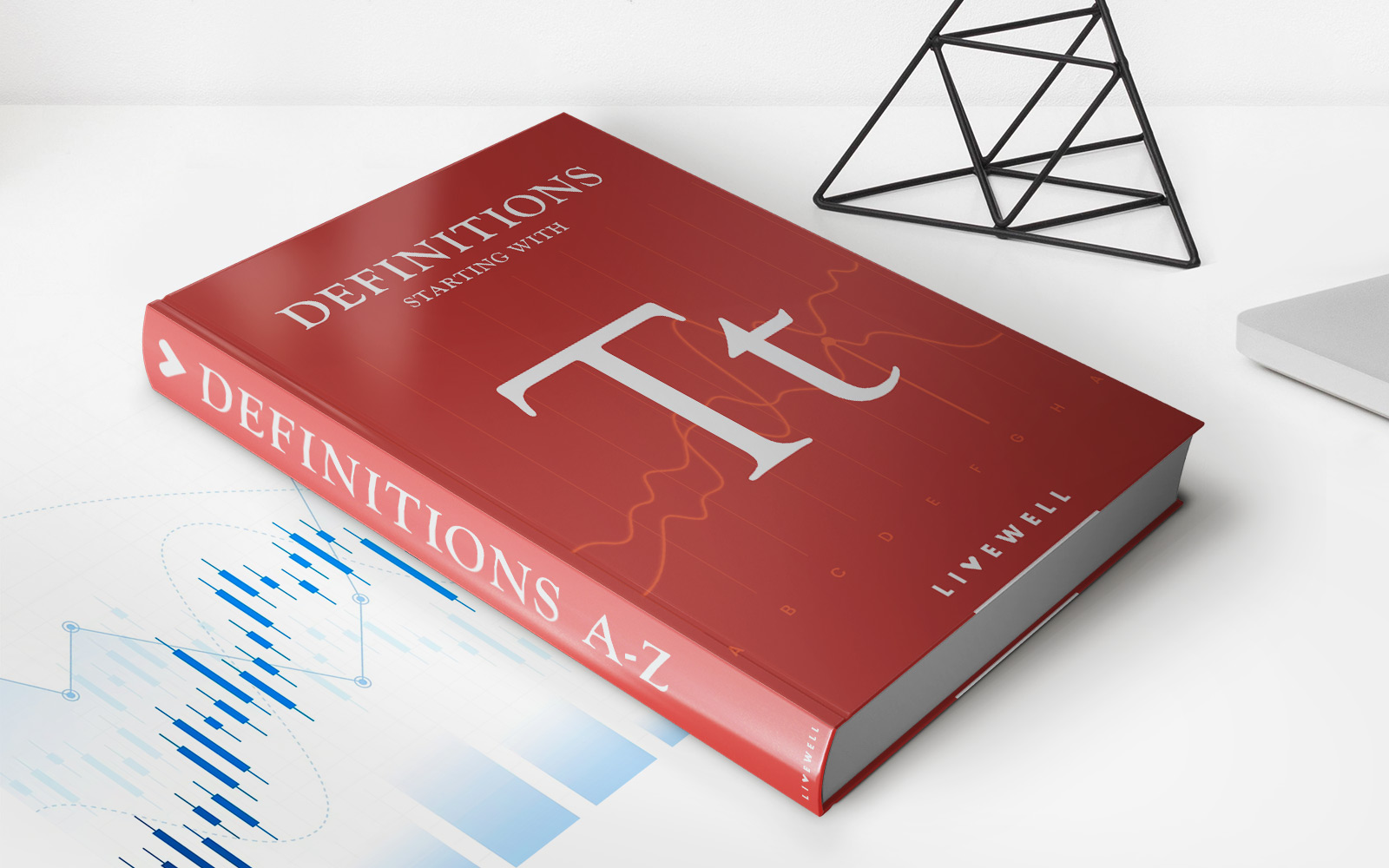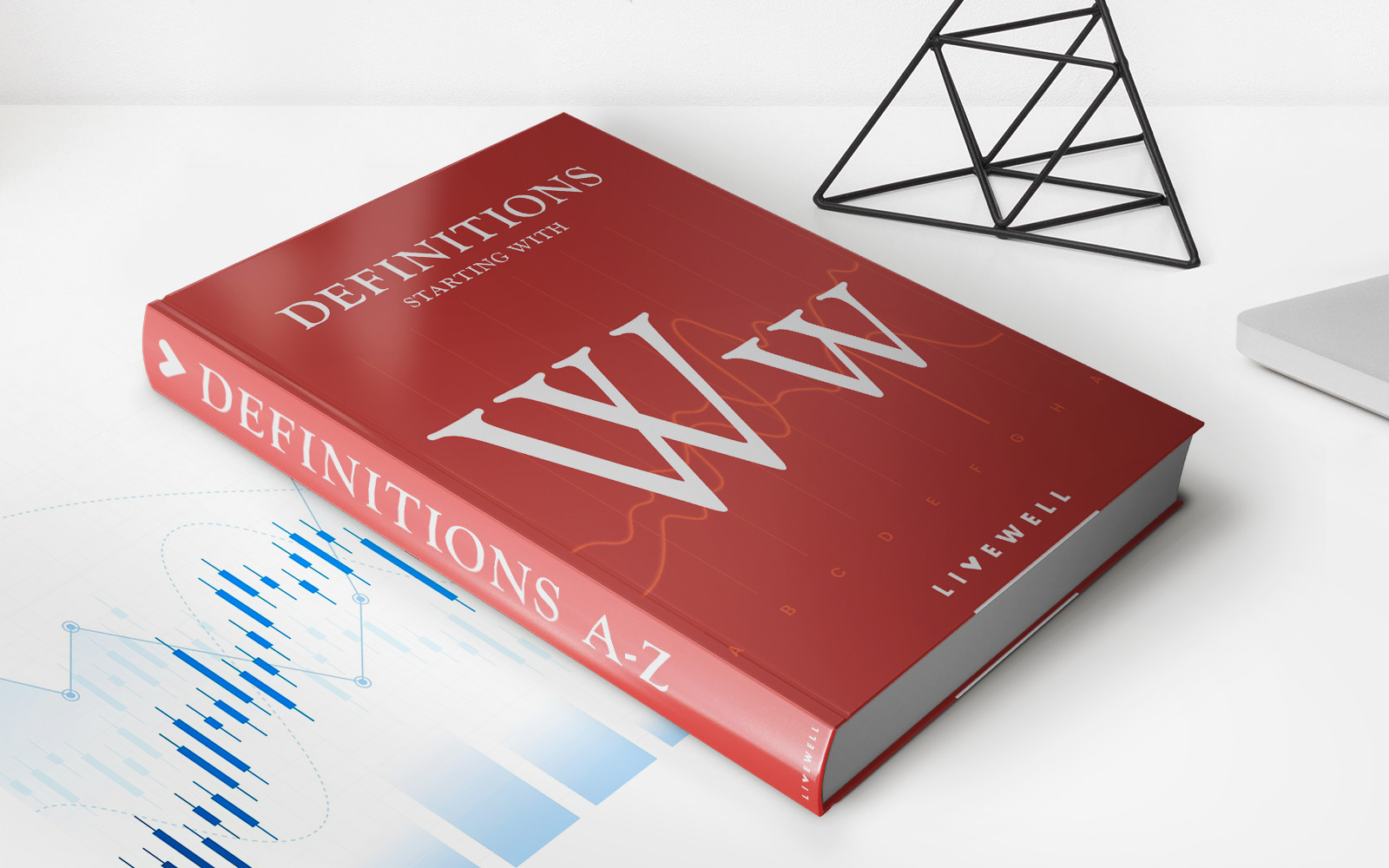Home>Finance>Shadow Banking System: Definition, Examples, And How It Works


Finance
Shadow Banking System: Definition, Examples, And How It Works
Published: January 27, 2024
Learn about the shadow banking system in finance, including its definition, examples, and how it works. Discover the complex web of non-bank financial intermediaries and their impact on the global economy.
(Many of the links in this article redirect to a specific reviewed product. Your purchase of these products through affiliate links helps to generate commission for LiveWell, at no extra cost. Learn more)
Shadow Banking System: Definition, Examples, and How It Works
Welcome to our Finance category, where we dive into various financial topics to help you gain a better understanding of the world of money. In this blog post, we will discuss the intriguing concept of the shadow banking system, shedding light on its definition, providing examples, and explaining how it works. So, let’s dig in and explore the shadows of finance together!
Key Takeaways:
- The shadow banking system refers to the parallel financial system that operates alongside traditional banking, providing credit intermediation but without the regulatory oversight that traditional banks endure.
- Examples of shadow banking entities include money market funds, hedge funds, non-bank lending platforms, and certain types of investment vehicles.
What is the Shadow Banking System?
Have you ever wondered about the hidden workings of the financial world beyond traditional banks? The shadow banking system is an intricate web of financial intermediaries and institutions that offer credit and facilitate the movement of funds outside the walls of traditional banking. Unlike conventional banks, these entities operate with less regulatory oversight, hence the “shadow” moniker.
The core function of the shadow banking system is to provide credit and liquidity while circumventing the tight regulations that govern traditional banks. This alternative system has gained prominence over the years as investors search for higher returns and borrowers seek alternative sources of finance.
So how does the shadow banking system work? Let’s break it down:
- Money Flows: Savers invest their funds into various shadow banking instruments, such as money market funds or investment vehicles. These funds, in turn, are channeled to borrowers or other investment opportunities. Here, money follows a different path compared to traditional banking.
- Credit Intermediation: Shadow banking entities act as intermediaries by facilitating credit and liquidity creation. They provide loans, invest in assets such as mortgage-backed securities, and offer other financial services.
- Risk and Regulation: While the shadow banking system offers flexibility and diversity in the financial landscape, it carries inherent risks. The absence of stringent regulations leaves it more exposed to market volatility and potential systemic risks, such as the global financial crisis in 2008.
Examples of Shadow Banking
The shadow banking system encompasses a wide range of entities and activities that operate outside typical banking regulations. Here are a few familiar examples of shadow banking entities:
- Money Market Funds: These funds allow investors to park their cash in short-term, low-risk instruments, such as commercial papers and Treasury bills.
- Hedge Funds: Hedge funds pool money from multiple investors to pursue more aggressive investment strategies, often characterized by higher risk and potential for higher returns.
- Non-Bank Lending Platforms: Online lending platforms, also known as peer-to-peer lenders, match borrowers with lenders, enabling individuals and businesses to secure loans without going through traditional banks.
- Structured Investment Vehicles (SIVs): These investment entities issue short-term debt and invest in long-term assets, such as mortgage-backed securities.
These examples represent just a snippet of the diverse range of entities operating within the shadow banking system. Their presence provides alternative channels for credit and liquidity outside traditional banking frameworks.
In Conclusion
The shadow banking system acts as a parallel financial universe, providing credit intermediation and serving a critical function in the broader economy. While it offers flexibility and can fuel economic growth, it also poses risks due to limited oversight and transparency.
Understanding the shadow banking system helps demystify the complex landscape of finance, allowing individuals and businesses to make more informed decisions about their financial activities. So next time you delve into the world of money, keeping an eye on the shadows might just give you a broader perspective.
